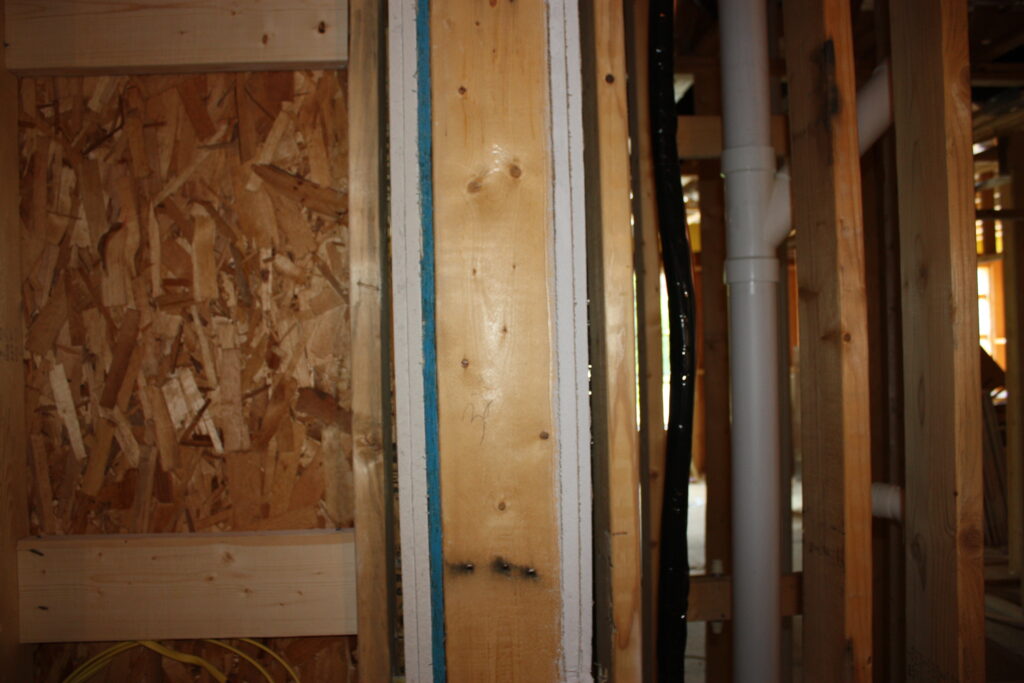Expert Tips
Shear Walls With Multiple Layers of Shear Resistance
Design considerations and approaches when multiple layers of shear resistance are required.
There are certain circumstances when a shear wall may have multiple layers of shear resistance. Considerations include whether the layers are of the same or different materials, whether they’re on the same or opposite sides of the wall, and whether the wall is resisting wind or seismic forces.

Same Materials and Construction: Opposite Sides
Section 4.3.3.3 of the American Wood Council’s 2015 Special Design Provisions for Wind & Seismic (SDPWS) provides the basis for design when using the same materials on opposite sides of the wall. A common example would be a shear wall with wood structural panels on each side with the same thickness and fastener schedule. Under this circumstance, the wall’s total shear resistance is permitted to be taken as twice that calculated for a single-sided wall.
4.3.3.3 Summing Shear Capacities: For shear walls sheathed with the same construction and materials on opposite sides of the same wall, the combined nominal unit shear capacity, sc or wc, shall be permitted to be taken as twice the nominal unit shear capacity for an equivalent shear wall sheathed on one side.
Same Materials and Construction: Same Side
Although not specifically included in SDPWS, APA – The Engineered Wood Association has performed testing on shear walls sheathed with two layers of wood structural panels on the same side. Testing showed that, with careful detailing of fasteners and framing, this approach can achieve twice the capacity of a single layer. For more information, see APA Technical Topics Report TT-115 Double-Sheathed Shear Walls.
Different Materials: Opposite Sides
The ability to combine capacities of different materials on opposite sides of a shear wall varies significantly based on whether the structure is being designed for seismic or wind resistance. For seismic resistance, it is typically ineffective to combine different materials. SDPWS Section 4.3.3.3.2 allows for the net wall capacity to be the larger of two times the lower side capacity or one times the higher side capacity. However, if the wall is resisting seismic loads developed from the equivalent lateral force (R value) method of ASCE 7, the forces can only be calculated using R = 6.5 if wood structural panel shear walls or equivalent are used. If other sheathing materials are used, loads must be calculated using R = 2.
For resisting wind loads, SDPWS Section 4.3.3.3.2 allows the same method to calculate the net wall capacity from the larger of two times the lower side capacity or one times the higher side capacity. For shear walls with a combination of wood structural panels, hardboard panel siding, or structural fiberboard on one side and gypsum wallboard on the opposite side, the net capacity is allowed to be the sum of the capacities on each side per the exception to SDPWS Section 4.3.3.3.2.
Different Materials: Same Side
SDPWS doesn’t permit the combined shear wall capacity to be taken for this condition. The larger of the two systems’ capacities could be used provided all system requirements are met. This is a much less common condition. An example would be an existing wall with horizontal or diagonal boards and a layer of wood structural panels added on top.


